A Competition the World Can’t Afford to Lose
A Competition the World Can’t Afford to Lose
By Mehmet Enes Beşer
The race in clean energy technology between the United States and China is gathering pace—and increasingly it’s being fueled by an avalanche of subsidies. With billions flowing in from both sides on batteries, hydrogen, electric cars, and solar panels, the world is witnessing a new age of industrial policy—albeit not about guns or oil but windmills, lithium, and green production.
This is not merely a competition about technology. It’s a battle for who gets to define the future economy, set global standards, and reap the geopolitical rewards of climate leadership. But as Washington and Beijing both double down on subsidies, a deeper question emerges: can this competition drive decarbonization fast enough—or is it invoking a zero-sum dynamic in a space that needs record-breaking cooperation?
The scale of public investment is staggering. In 2022, the United States passed the Inflation Reduction Act (IRA), unlocking more than US$370 billion in clean energy subsidies over a decade. Tax credits, grants, and loan guarantees now flow into solar farms, electric vehicle plants, and hydrogen hubs across the country. The IRA has already catalyzed over US$150 billion in private-sector commitments, turning once-Rustbelt states into clean-tech boomtowns.
China, for its part, has been subsidizing clean energy industries for years—often through opaque but potent channels. Its dominance in solar photovoltaic manufacturing, rare earth refining, and EV battery supply chains is no accident. By coupling industrial planning with state support, China has scaled clean tech production at breathtaking speed. As of 2024, it produces over 80 percent of the world’s solar modules and more than half of its EV batteries.
From a climate perspective, this is good news. The falling cost of renewables driven by Chinese output and now also supported by US demand-side measures has made clean energy more cost-competitive than ever before. Coal is less and less within reach, and long-term worth in oil is under threat. The economics of industrial subsidies long derided as market distortion is now being picked up as an emissions-reducing strategic play and economic resurgence.
But this dynamic of this subsidy race has not very innocent consequences. The first one is the danger of over-production and inefficiency. China’s massive production of solar panels and batteries already caused price crashes globally, leaving it very hard for the newer, smaller players from Europe, Southeast Asia, or Latin America to compete. As much as this is to the short-term advantage of consumers, it has the potential to kill off incentives for innovation and encourage unhealthy reliance on a single supplier.
Geopolitical fragmentation is the second problem. While the U.S. and its allies seek to de-risk supply chains from China, new forms of industrial protectionism are emerging. The IRA, for instance, prioritizes domestic content and “friend-shoring”—a political move that, though convenient, can exclude nations from the global South from the clean energy boom unless carefully designed partnerships are established.
This trend can lead to a bifurcated global clean tech regime—one characterized by China’s state-integrated approach, and the other characterized by US-led collaborations. This breakdown may interfere with sharing knowledge, elevate the price for developing nations, and complicate standardizing green technology and carbon accounting.
Besides, Global South nations—those most vulnerable to climate change impacts—also have a high likelihood of being left behind. They rarely lead in designing subsidies, yet they suffer the maximum impacts of climate change and face the maximum hurdles in getting access to affordable technology. Without technology transfer modalities, concessional finance, and capacity development, the clean energy shift can rise to global inequality.
There is also the political danger that subsidy policies, while so effective in triggering investment, can be prone to backlash. Industrial policy generates expectations it cannot satisfy in the short term. If job growth is weaker than expected, or if energy prices rise before benefits trickle down, populist backlash can erode support for green policies—particularly in democratic societies where elections test political patience.
So, what’s the solution?
The first step is to recognize that cooperation and competition are complementary, not opposing. While US-China will compete for technology leadership, coexistence is also feasible in compatible standards, shared research, and multilateral framework on grid interconnectivity, green hydrogen labeling, and carbon accounting. Where possible, mechanisms like G20 and COP summits should be leveraged in coordinating industrial strategy and countervailing bad spillovers.
Second, both nations need to make room for developing economies to play a significant role in the transition to clean energy. This requires open access to low-cost funding, localized production support and the creation of South–South networks of innovation. Industrial policy cannot be a new economic gatekeeping.
Third, more focus on climate diplomacy is needed. Clean energy leadership is not about who installs the most solar panels—it’s about who can install a common vision of fair decarbonization. This includes investment in global institutions that align subsidy policies to address the needs of a warming world, rather than the strategic interests of two superpowers.
Conclusion
The US–China clean energy subsidy rivalry has flipped the script. It has made industrial policy respectable once more, and it has hastened the transition of the world away from fossil fuel. But it has also revealed the risks of climate nationalism and geopolitics zero-sum mentality.
If the world has any hope of meeting the Paris goals, subsidies cannot be weapons of competition—subsidies must be instruments of international solidarity. The fate of clean energy must not be written in the lexicon of competition but in the grammar of cooperation.
The test is not who the winner of the clean energy race is. It’s if the world can cross the finish line together—before the climate clock runs out.
Cover graphic: illustration by Sébastien Thibault for POLITICO



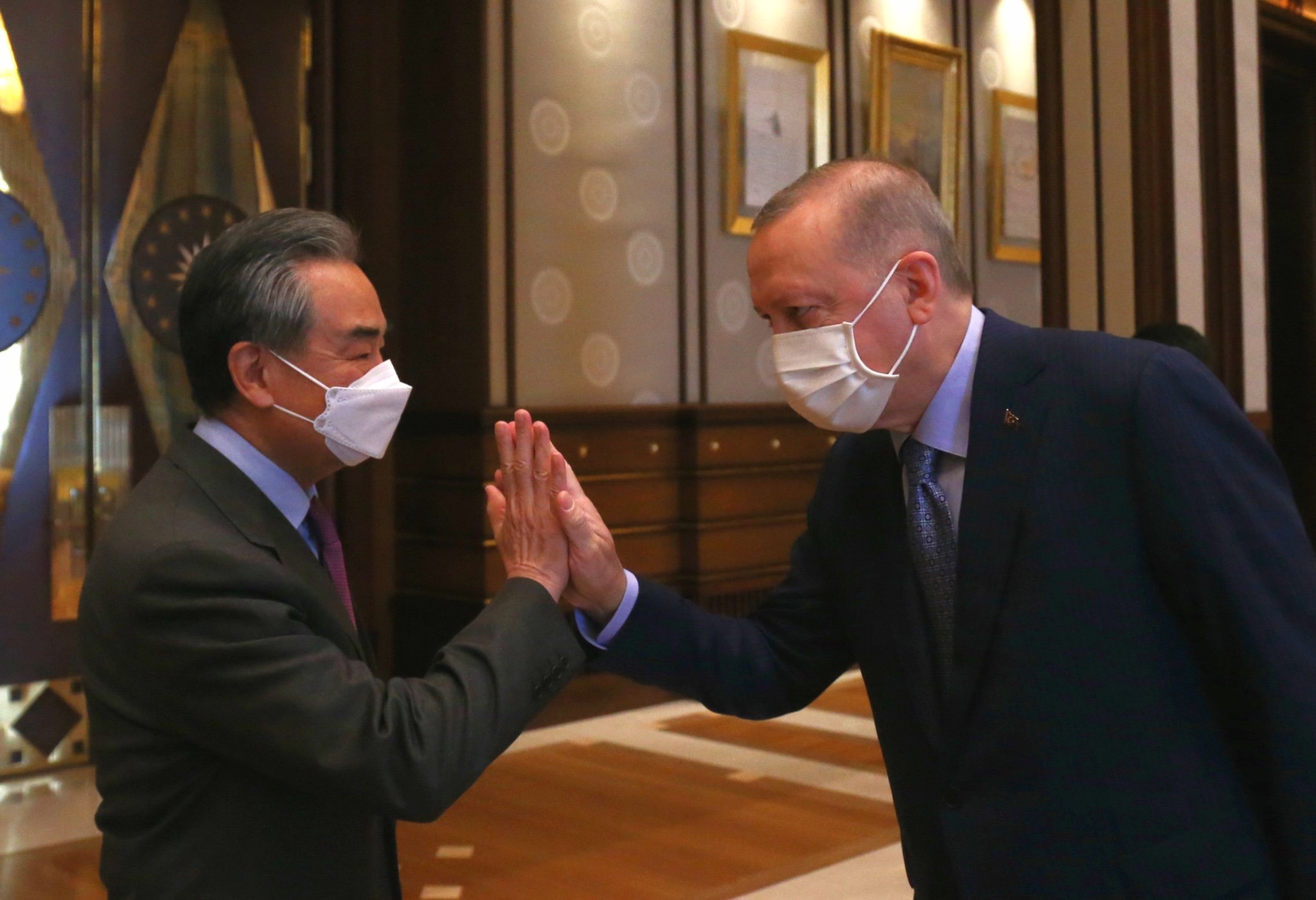



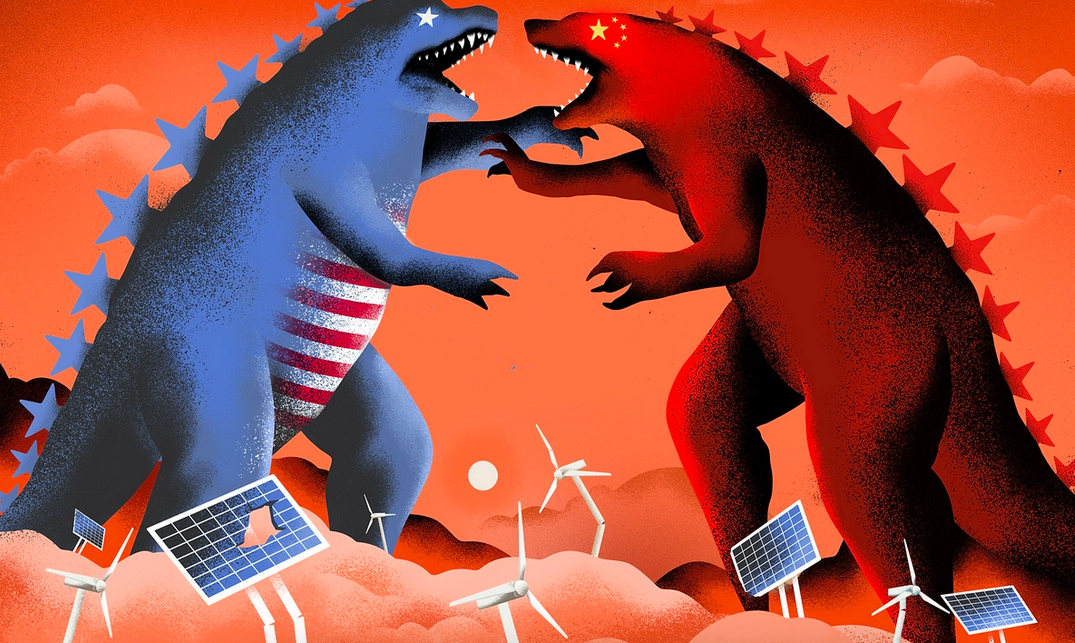

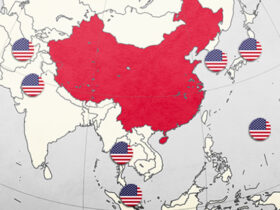
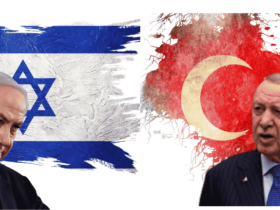




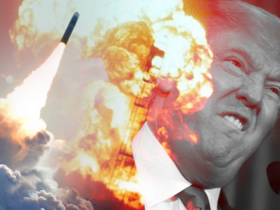
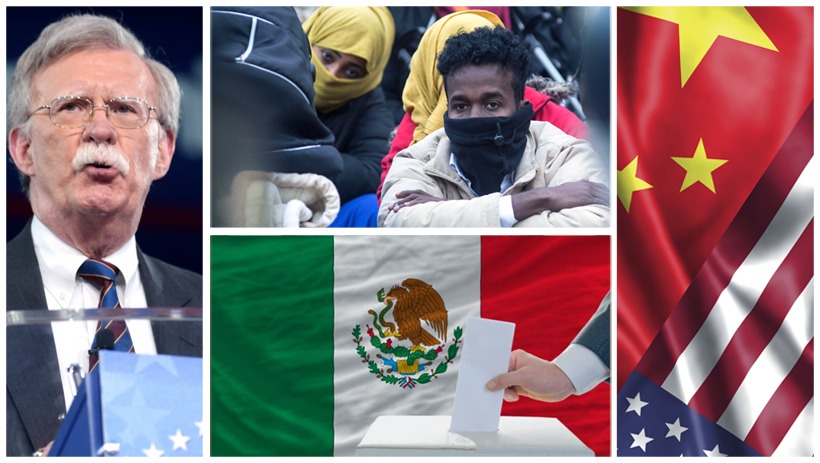
Leave a Reply